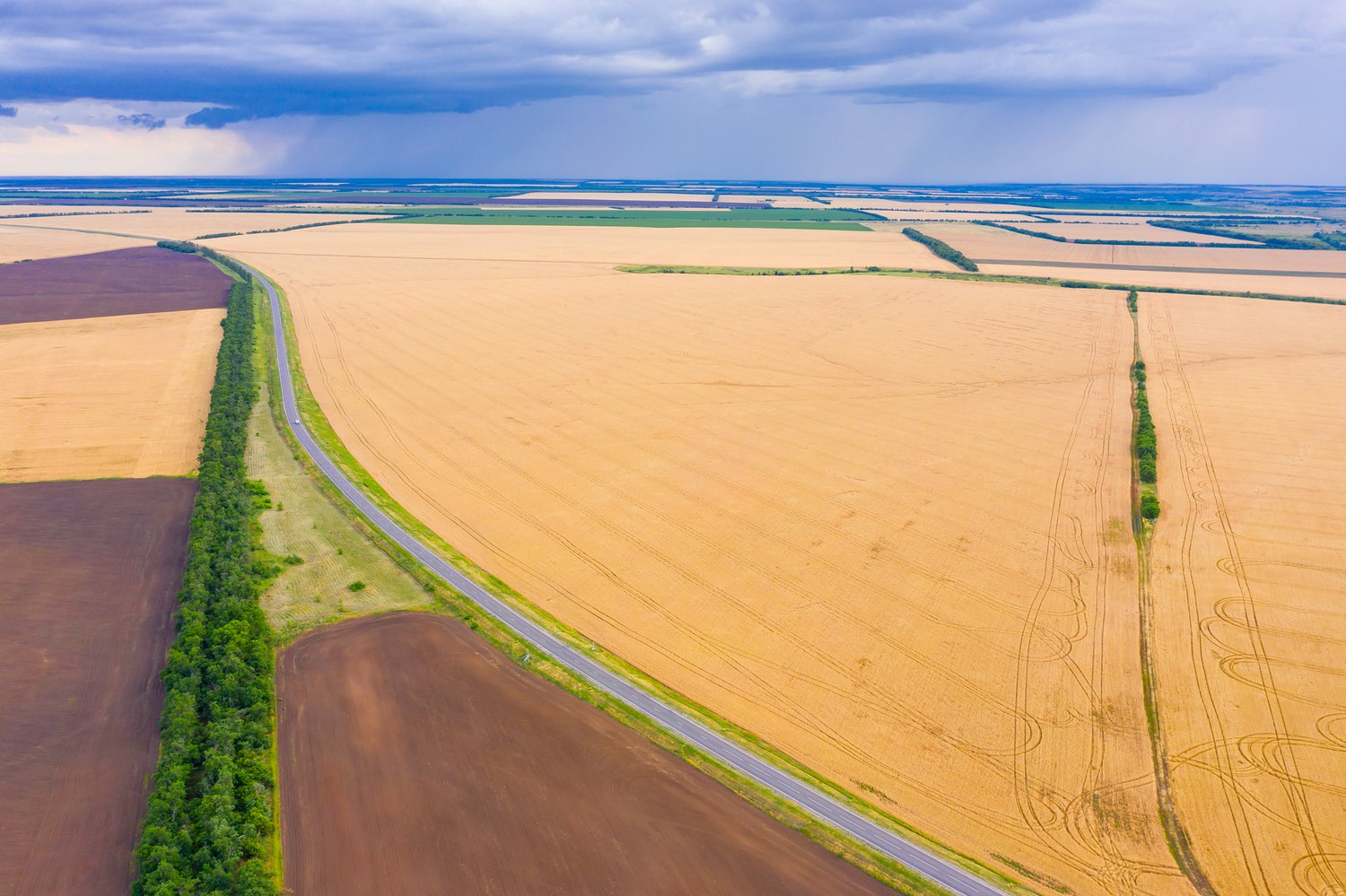
Food is one of mankind’s most basic survival needs and yet, the means by which is it produced, is largely misunderstood and underrepresented by the investment community. Agriculture is one of the oldest investment sectors in the world, time-tested and proven to weather economic uncertainty. Yet even today as farmland is widely acknowledgedas an alternative investment, many investors are skeptical of incorporating it into their portfolios because of a lack of clarity as to how it fits into their investment strategy, concerns over liquidity,and from a fear of volatility due to direct commodity exposure. The reality is that thelong-term trends within this sector are firmly entrenched as key value drivers, offering accessible opportunities to investors willing to explore diversification across the value chain.
With the global population expected to reach nearly 10 billion by 2050, the development of a robust food system will not only be crucial to ensuring this larger population is nourished, but force the lands and systems which produce these necessitiesto remain economically viable. Demand for food is outpacing population growth as global eating habitscontinue to evolve from a predominantly vegetable diet to a mix of animal-based proteins and more nutritious fruits and vegetables. Global meat consumption per capita more than doubled from 20 kg per year in 1961 to 42 kg in 2014[1] while the annual global population growth rate slowed by nearly 20 percent[2]. As we move through a greater frequency and variety of dietary changes, additional land will be required to produce the necessary food profiles. Competition for key resources such as water and arable landwill continue to drive innovation and efficiencies while changing consumervalues and ethical stances on food production are likely to further bolster long-term demand for more sustainable agriculture. All of these factors are net positive for a strong investment sentiment within the global food and agriculture sector for years to come.
By Michael DeSa and Jeremy Stroud - READ FULL ARTICLE HERE